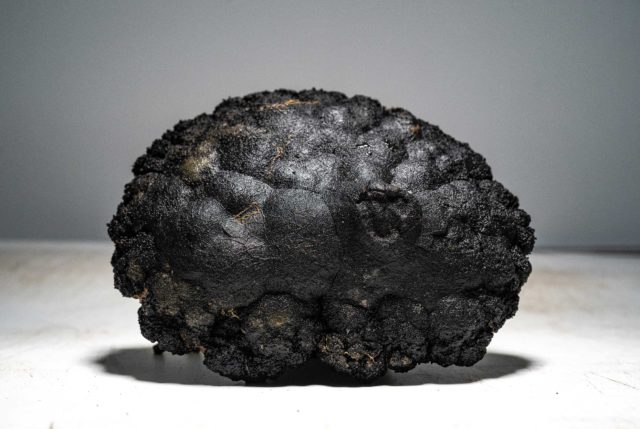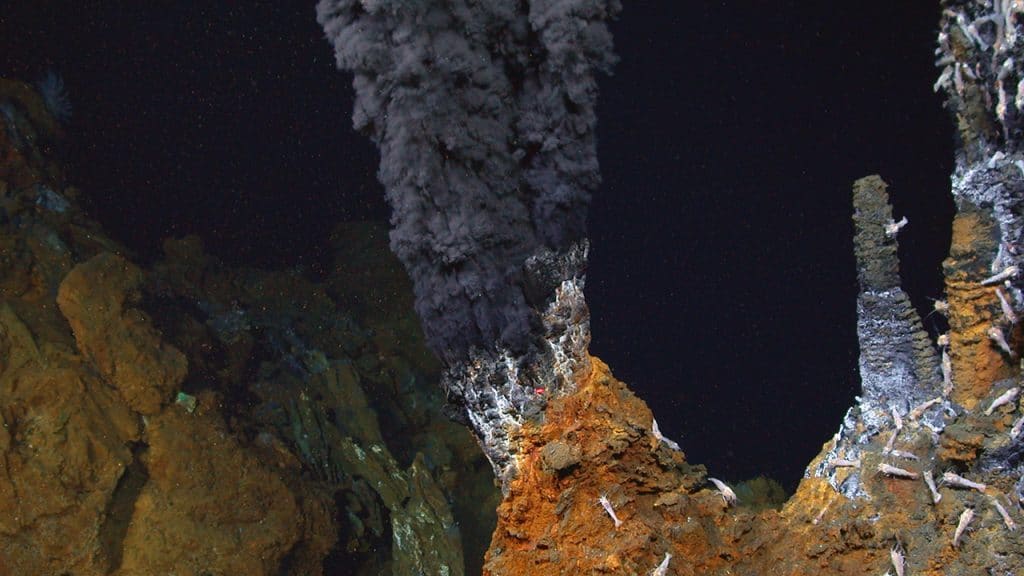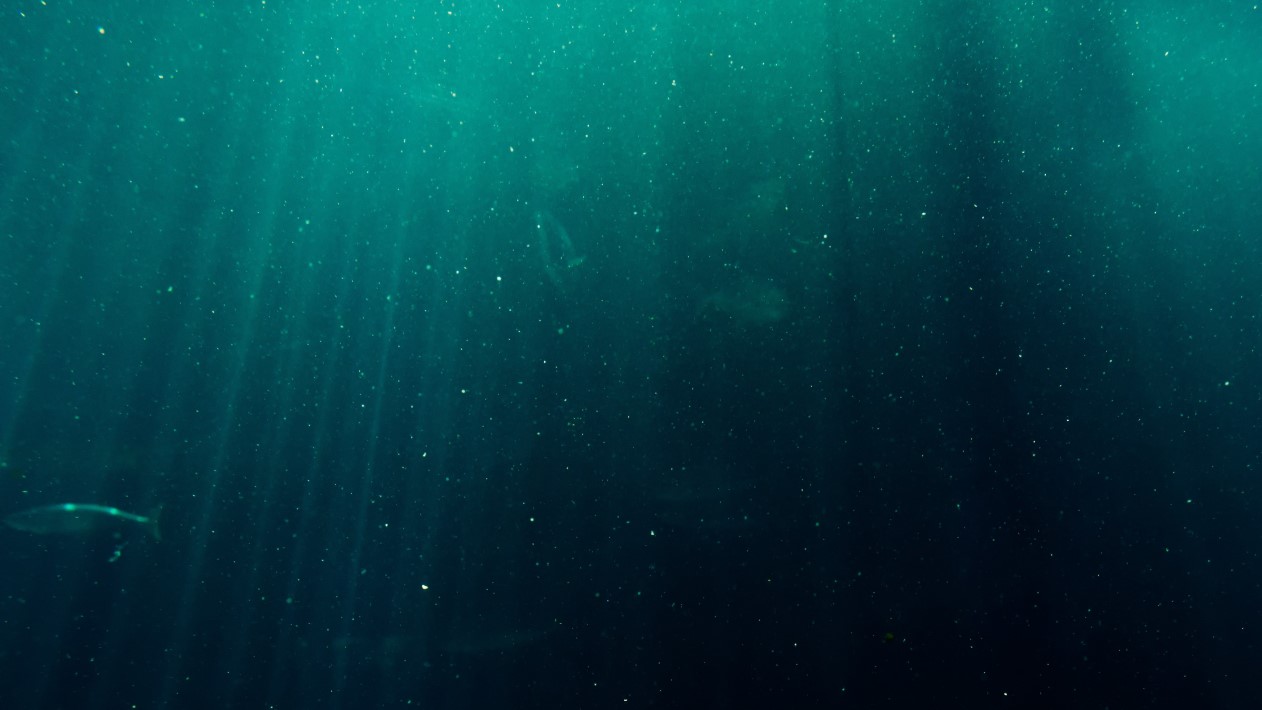Resources - what it is all about
Why does the world care about resources at the bottom of the seas? What are the resources that we are talking about? Is it fish or seaweed? Close but not close enough. Resources at the Area (if you have no idea what is that -The Area) are referred to as all solid, liquid or gaseous mineral resources in situ in the Area at or beneath the seabed.1 To make it simple it is minerals we are talking about.
Minerals like manganese, nickel, copper, cobalt, just to name a few are used to build electric cars, mobile phones, batteries, etc. It is estimated that by 2050 the production of minerals, including the aforementioned ones, will increase around five times which is a tremendous change which will be needed to support the transition to the green technologies.2 The answer to this demand might be laying at the bottom of the seas.
There are three types of resources that are discovered and will be exploited from deep seabed soon. Each of these resources is very much different from each other but all of them contain various valuable minerals that are very tempting for anyone with big ambitions.
1. Polymetallic nodules are the simplest of all three in the sense that its extraction is the easiest. Polymetallic nodules are in a shape of small brownish-black colour balls of different sizes (picture 1). Disregarding they unappealing colour they are very valuable as they contain manganese (29.40%), iron (6.00%), nickel (1.34%), copper (1.25%), cobalt (0.25%), titanium (0.60%), aluminium (2.90%) and other precious minerals.3 In addition, these nodules are laying on the seabed like golf balls on the golf field (picture 2) which would be easy to pick up had they not been protected by the depth of the ocean.

Picture 1 Credit: DeepGreen

Picture 2
2. Polymetallic sulphides are much more fragile resources than polymetallic nodules in the sense of their location: they are formed hydrothermally by hydrothermal vents (picture 3). Thus, exploiting polymetallic sulphides ecosystems around hydrothermal vents would damage or destroy them. However, the potential environmental harm does not disturb many as polymetallic sulphides are rich in copper, lead, zinc or even gold and silver.4

Picture 3 Source: https://www.whoi.edu/know-your-ocean/ocean-topics/seafloor-below/hydrothermal-vents/
3. Cobalt-rich ferromanganese crusts are formed by the precipitation of metals dissolved in seawater on hard-rock substrates of volcanic origin. Personally, I find them the least visually interesting mineral (picture 4 and 5) nevertheless, they are very rich in valuable minerals like cobalt, nickel, manganese, platinum, etc. which attracts many. 5

Picture 4
Picture 5
I am not completely sure whether it is clear what political and economic interests are at play here. There is and there will be a great demand for minerals that can be used thought are currently at the seabed. It is up to you whether you want to turn the blind eye of how these resources will be used. If yes and you do not care, read the Blog post Bottom line and see if that changes your mind, if you care, wait for the next week's Blog post. The post where I will present to you what potential benefits could bring deep seabed mining to everyone or the week after where I will present potential dangers that mining could bring and then you will be able to make your own judgment.
1UNCLOS 133(a).
2https://www.worldbank.org/en/news/press-release/2020/05/11/mineral-production-to-soar-as-demand-for-clean-energy-increases
3https://wwz.ifremer.fr/gm_eng/Understanding/Public-Authority-support/Deep-Sea-Mineral-Resources/Polymetallic-nodules/The-polymetallic-nodules
4https://www.eu-midas.net/science/sulphides
5https://www.isa.org.jm/exploration-contracts/cobalt-rich-ferromanganese
